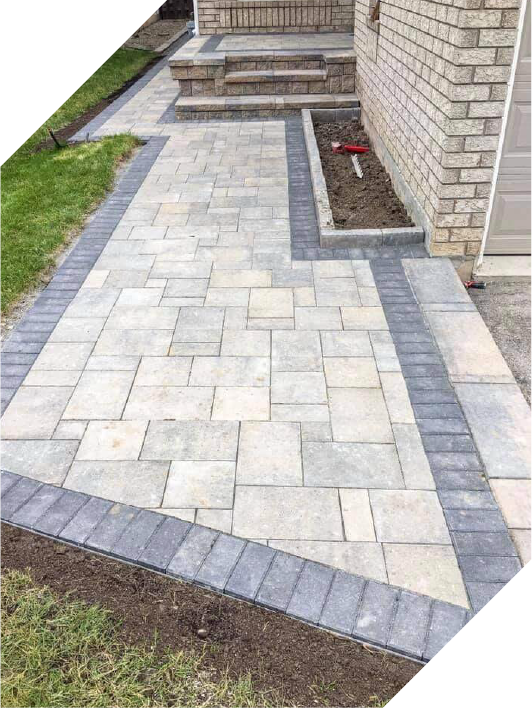




Hardscape involves hard materials like wood, stone, and concrete in landscaping, including paved areas and walls, contrasting with softscape's horticultural elements. It's key for water absorption and preventing soil movement, ensuring drier spaces post-rain or snow. In urban planning, it includes roads, fountains, and water features needing barriers for water retention.

Hardscape involves hard materials like wood, stone, and concrete in landscaping, including paved areas and walls, contrasting with softscape's horticultural elements. It's key for water absorption and preventing soil movement, ensuring drier spaces post-rain or snow. In urban planning, it includes roads, fountains, and water features needing barriers for water retention.
Hardscape refers to hard landscape materials in the built environment structures that are incorporated into a landscape. This can include paved areas, driveways, retaining walls, sleeper walls, stairs, walkways, and any other landscaping made up of hard-wearing materials such as wood, stone, and concrete, as opposed to softscape, the horticultural elements of a landscape.
Hardscaping is crucial for water absorption, especially in certain climates. It eliminates concerns about water accumulation after heavy rain or snow. By combining effective irrigation systems with materials that direct water away from the property, hardscaping prevents soil shifting and maintains a dry, enjoyable yard instead of a wet, muddy area.
From an urban planning perspective, hardscapes can include very large features, such as paved roads, driveways or fountains, and even small pools or ponds that do not exceed a certain safe height. Most water features are hardscapes because they require a barrier to retain the water, instead of letting it drain into the surrounding soil.